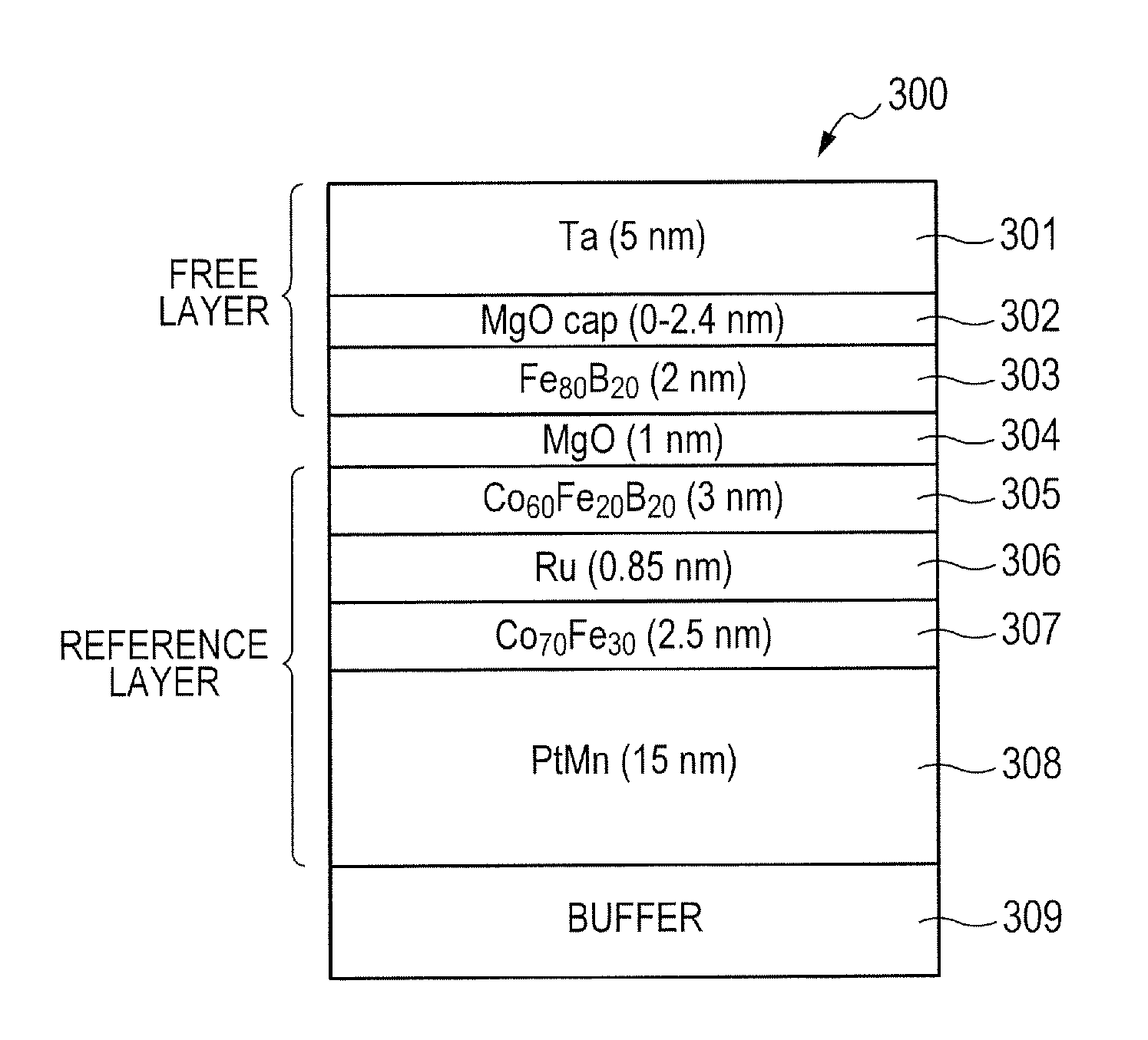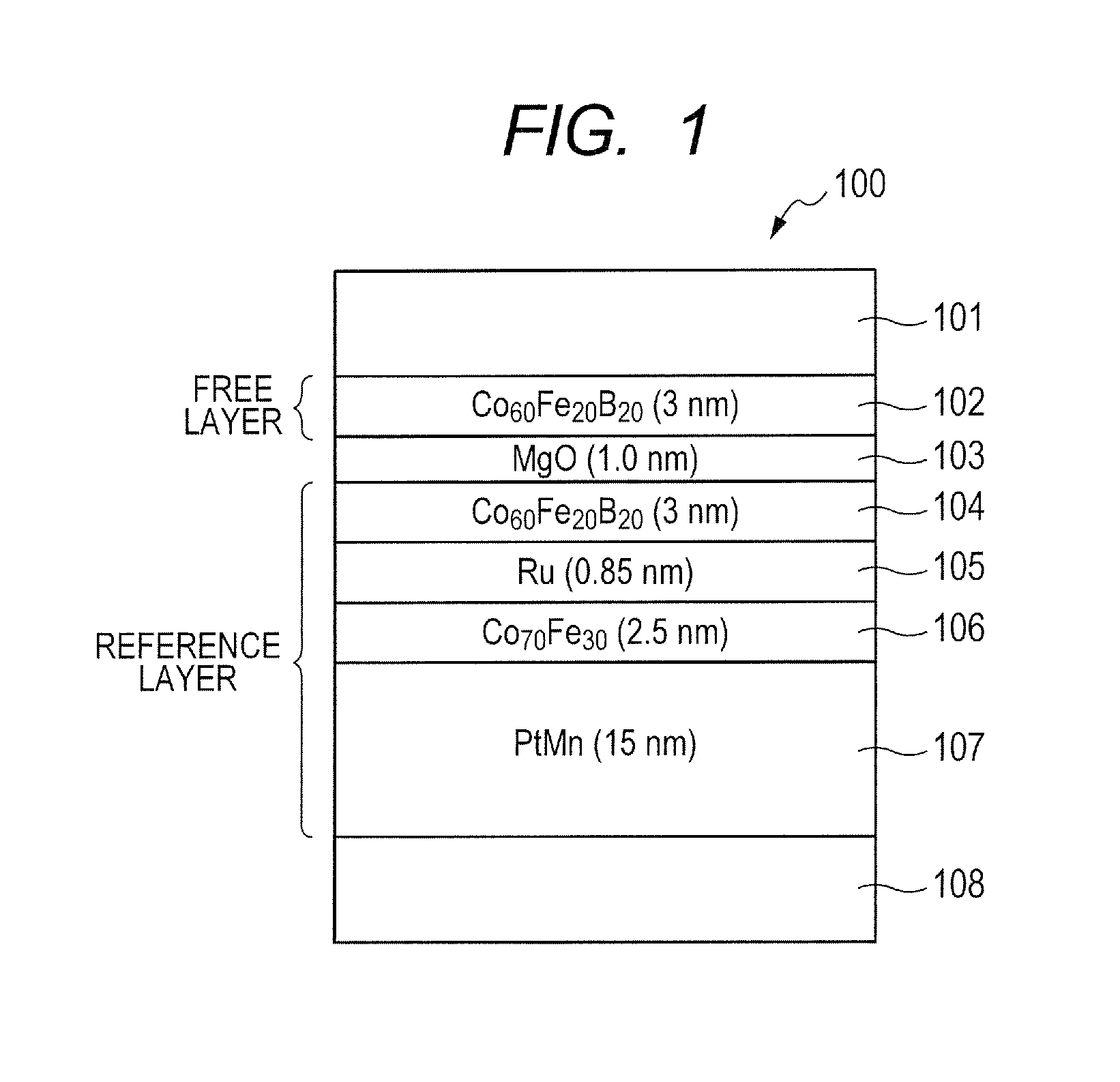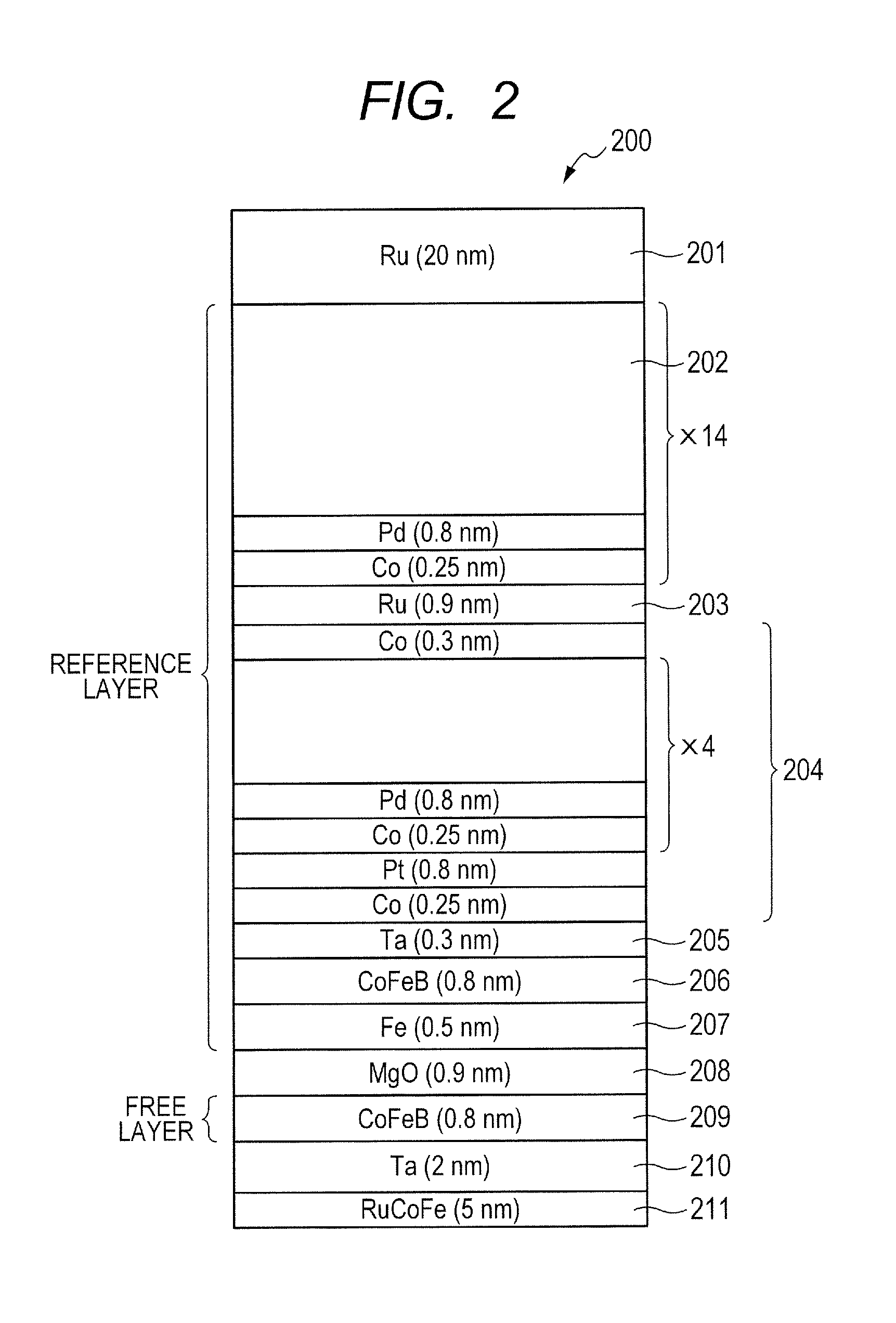Oxidation process apparatus, oxidation method, and method for manufacturing electronic device
a technology of oxidation process and electronic device, which is applied in the direction of solid-state diffusion coating, vacuum evaporation coating, coating, etc., can solve the problems of more multi-layer, unstable element characteristics (mr ratio or ra distribution), and the above-mentioned technologies have problems, so as to reduce the amount of oxygen adsorbed, improve throughput, and reduce the mixing of impurities
- Summary
- Abstract
- Description
- Claims
- Application Information
AI Technical Summary
Benefits of technology
Problems solved by technology
Method used
Image
Examples
first embodiment
[0048]FIG. 4 is a schematic diagram illustrating a configuration of an oxidation process apparatus 400 according to the embodiment, under a substrate transport condition. FIG. 5 is a schematic diagram illustrating the configuration of the oxidation process apparatus 400 according to the embodiment, under an oxidation process condition. In the embodiment, the oxidation process apparatus 400 forms a barrier layer of each element illustrated by way of example in FIGS. 1 to 3. In the embodiment, the barrier layer is made of MgO, and a substrate having Mg formed thereon is subjected to an oxidation process in the oxidation process apparatus 400 thereby to form MgO.
[0049]In FIGS. 4 and 5, the oxidation process apparatus 400 includes a processing chamber 401, a vacuum pump 402 as an evacuation unit for evacuating the processing chamber, a substrate holder 404 configured to hold a substrate 403 placed in the processing chamber 401, a cylindrical member 405 disposed in the processing chamber...
first example
[0078]Description will be given below with regard to Example in which the oxidation process apparatus 400 according to the embodiment is used to form the barrier layer 304 of the tunnel magnetoresistive element 300 disclosed in FIG. 3 and Non Patent Document 3. A substrate temperature can be appropriately determined within a range of 25° C. to 500° C.; an oxygen gas flow rate, 1 to 2000 sccm; a substrate rotation speed, 0 to 100 rpm; and a substrate position, 0 to 100 mm (here, a condition where the substrate is located in the opening 405b of cylindrical member 405 is set to 0 mm). An oxidation process is performed, for example under a condition where the substrate temperature is set to 25° C.; the oxygen flow rate, 700 sccm; the substrate rotation speed, 100 rpm; and the substrate position, 100 mm.
second example
[0079]In this Example, studies were made on tact time in a case where the conventional oxidation process apparatus not using the cylindrical member 405 was used to perform the oxidation process, and tact time in a case where the oxidation process apparatus 400 according to the embodiment was used to perform the oxidation process. Specifically, simulation was performed with regard to a difference in evacuation speed. Table 1 illustrates conditions and the evacuation speed under the conditions.
TABLE 1ExamplePrior artVolume (m3)(The volume of the cylindrical member 405)(The volume of the processing chamber)Process pressure (Pa)Evacuation completion pressure (Pa)Evacuation time (sec)
[0080]As can be seem from Table 1, comparison of the evacuation time between a pressure of 1 Pa and the completion of evacuation shows that Example is about 12 times faster than the conventional apparatus. In other words, Example can reduce the tact time, as compared to the conventional apparatus.
[0081]The c...
PUM
| Property | Measurement | Unit |
|---|---|---|
| distance | aaaaa | aaaaa |
| distance | aaaaa | aaaaa |
| thickness | aaaaa | aaaaa |
Abstract
Description
Claims
Application Information
 Login to View More
Login to View More - R&D
- Intellectual Property
- Life Sciences
- Materials
- Tech Scout
- Unparalleled Data Quality
- Higher Quality Content
- 60% Fewer Hallucinations
Browse by: Latest US Patents, China's latest patents, Technical Efficacy Thesaurus, Application Domain, Technology Topic, Popular Technical Reports.
© 2025 PatSnap. All rights reserved.Legal|Privacy policy|Modern Slavery Act Transparency Statement|Sitemap|About US| Contact US: help@patsnap.com



